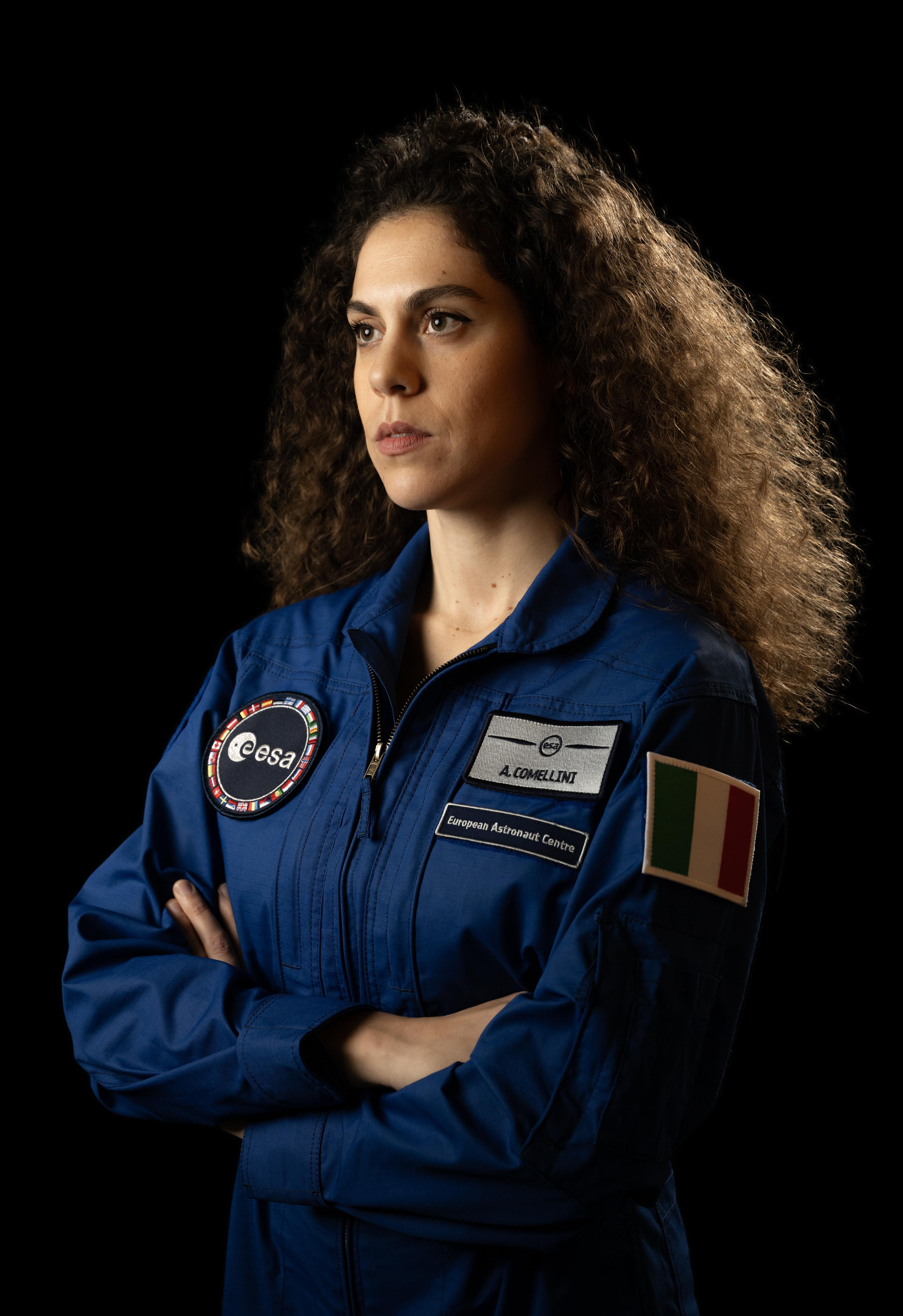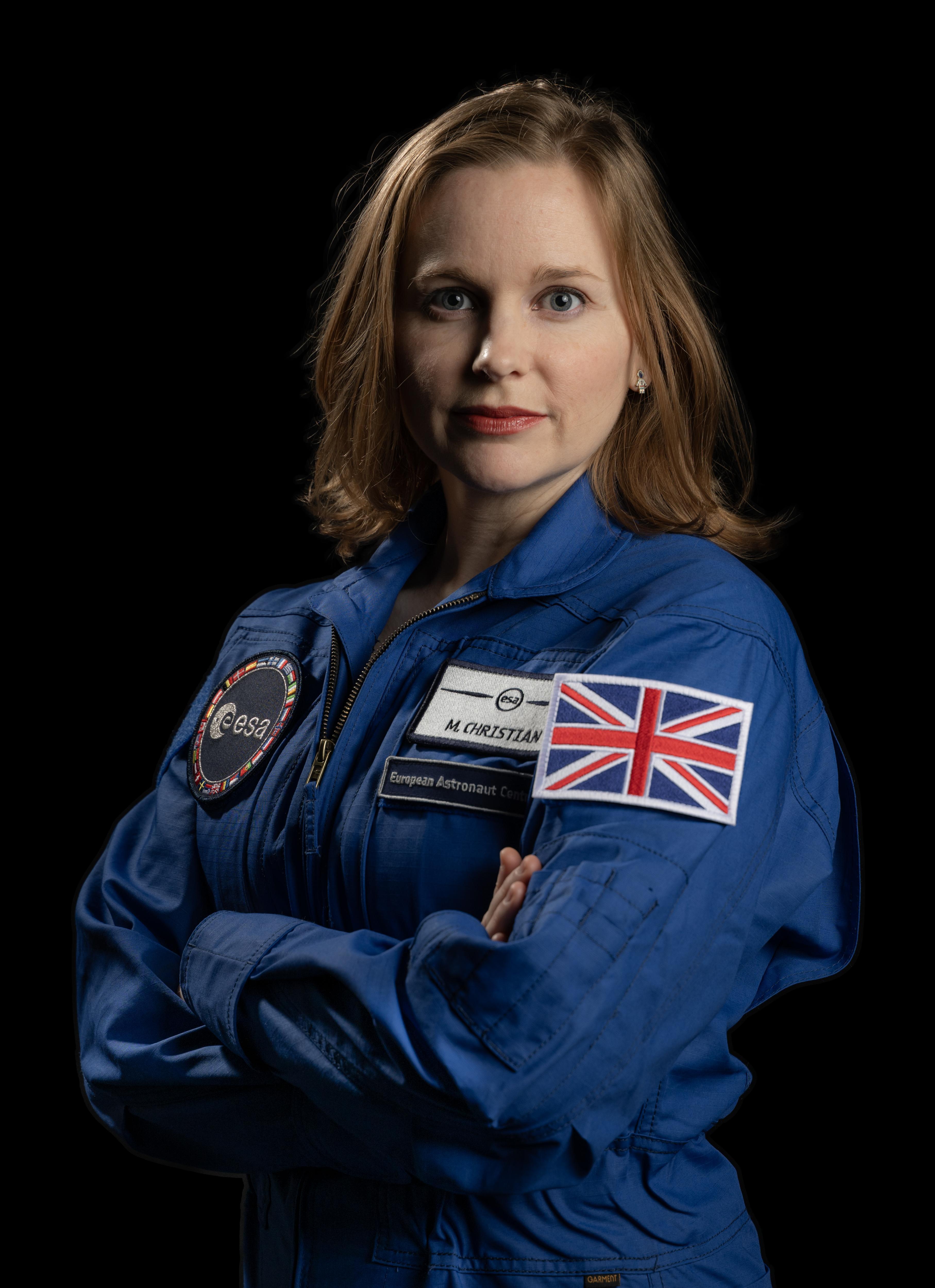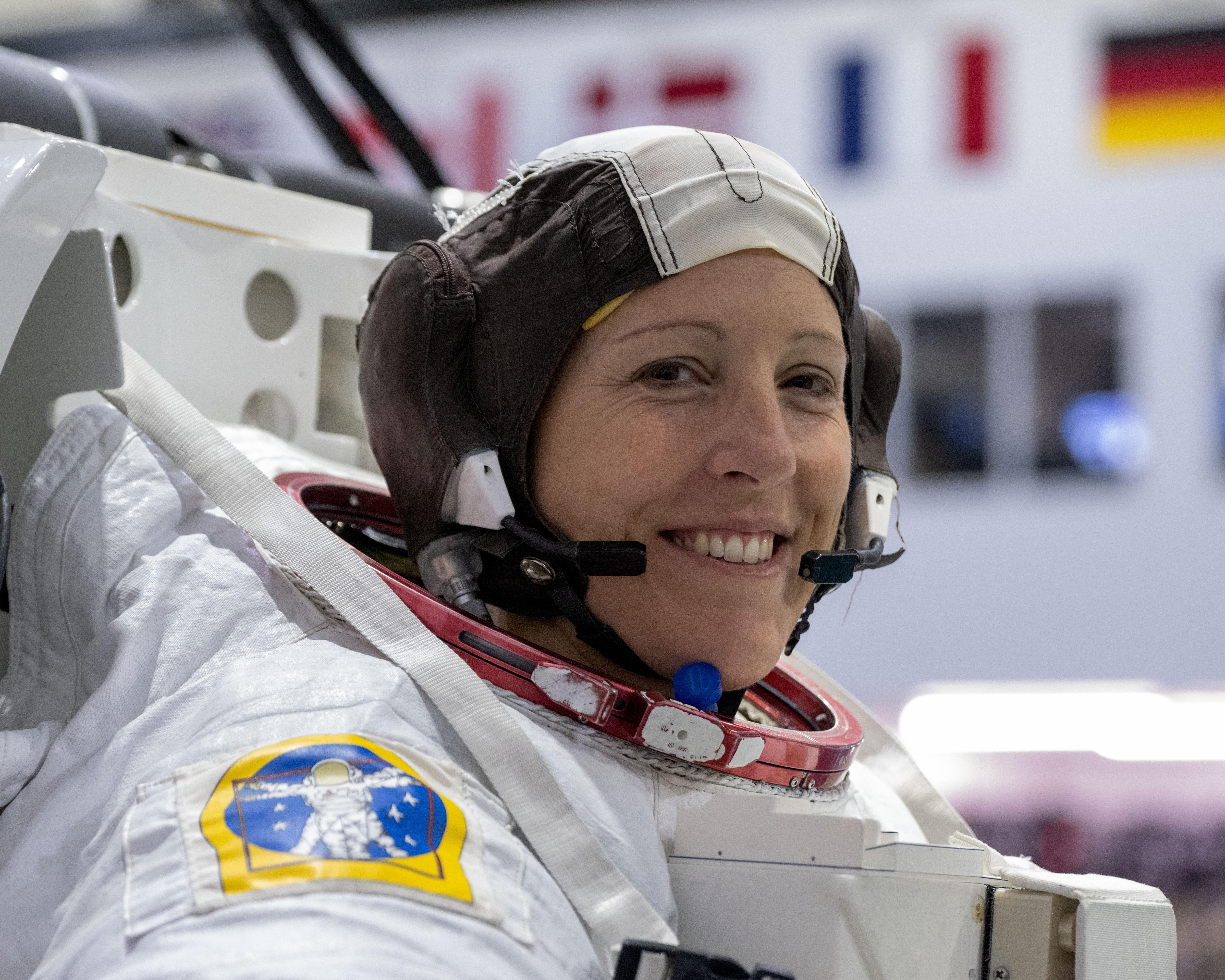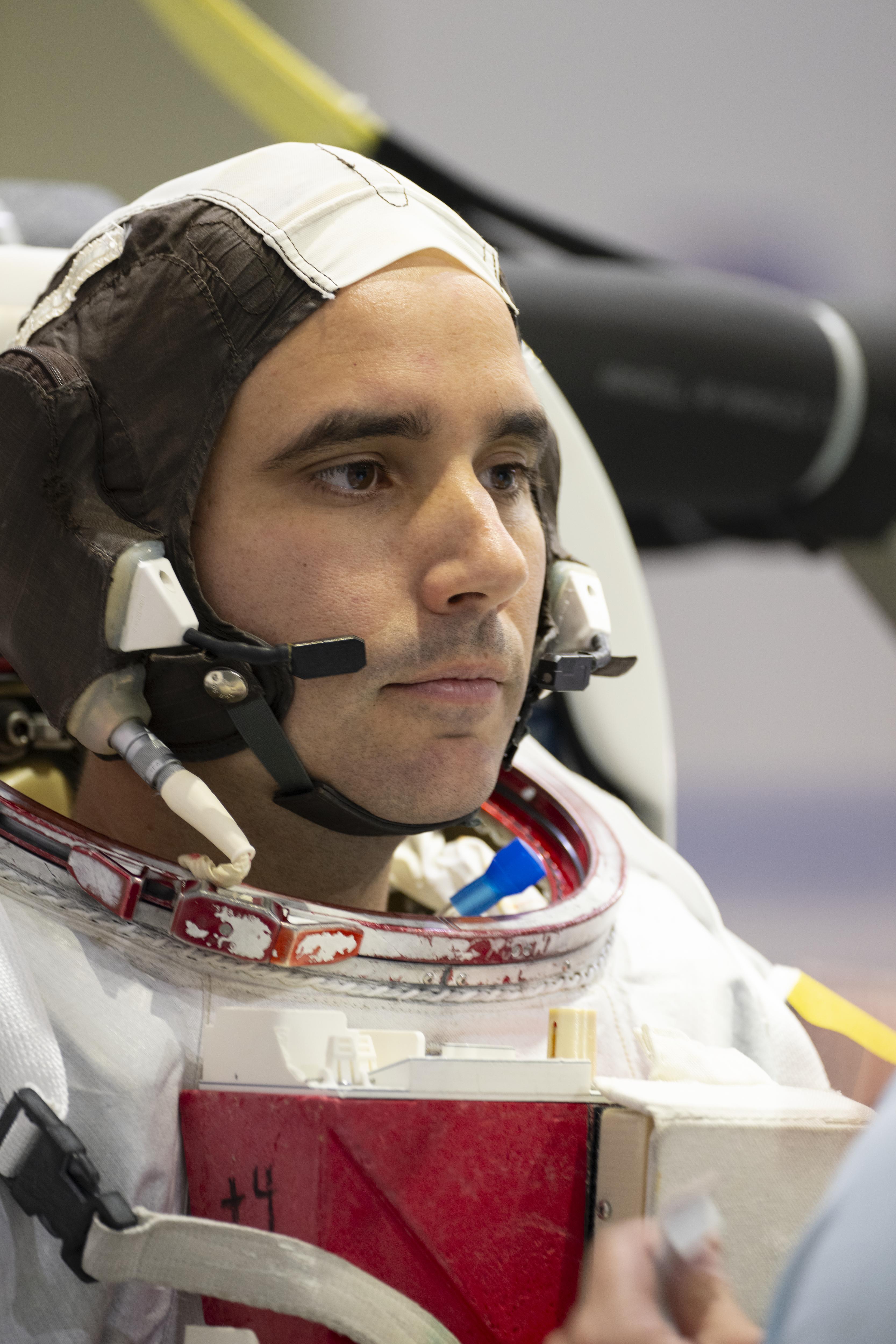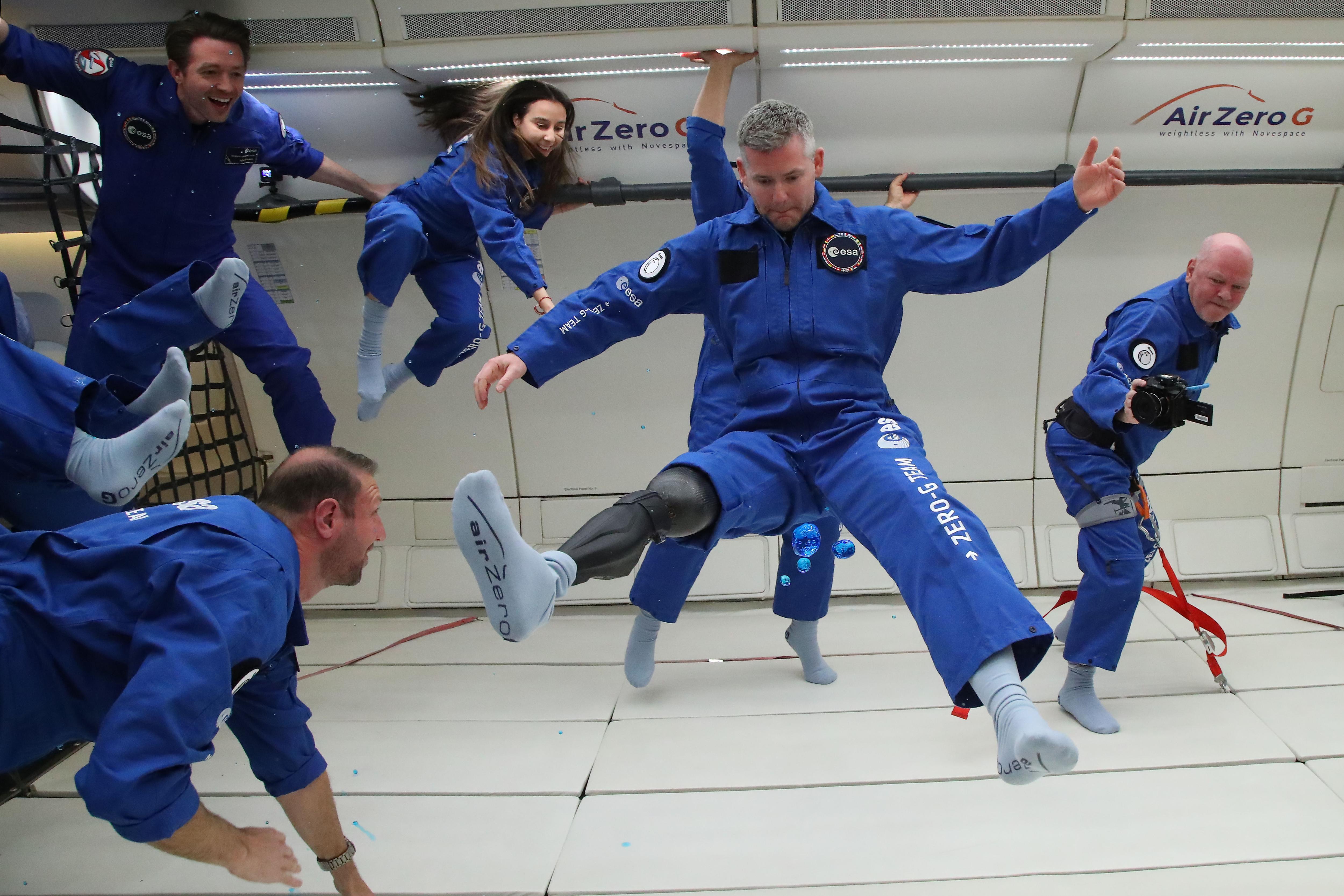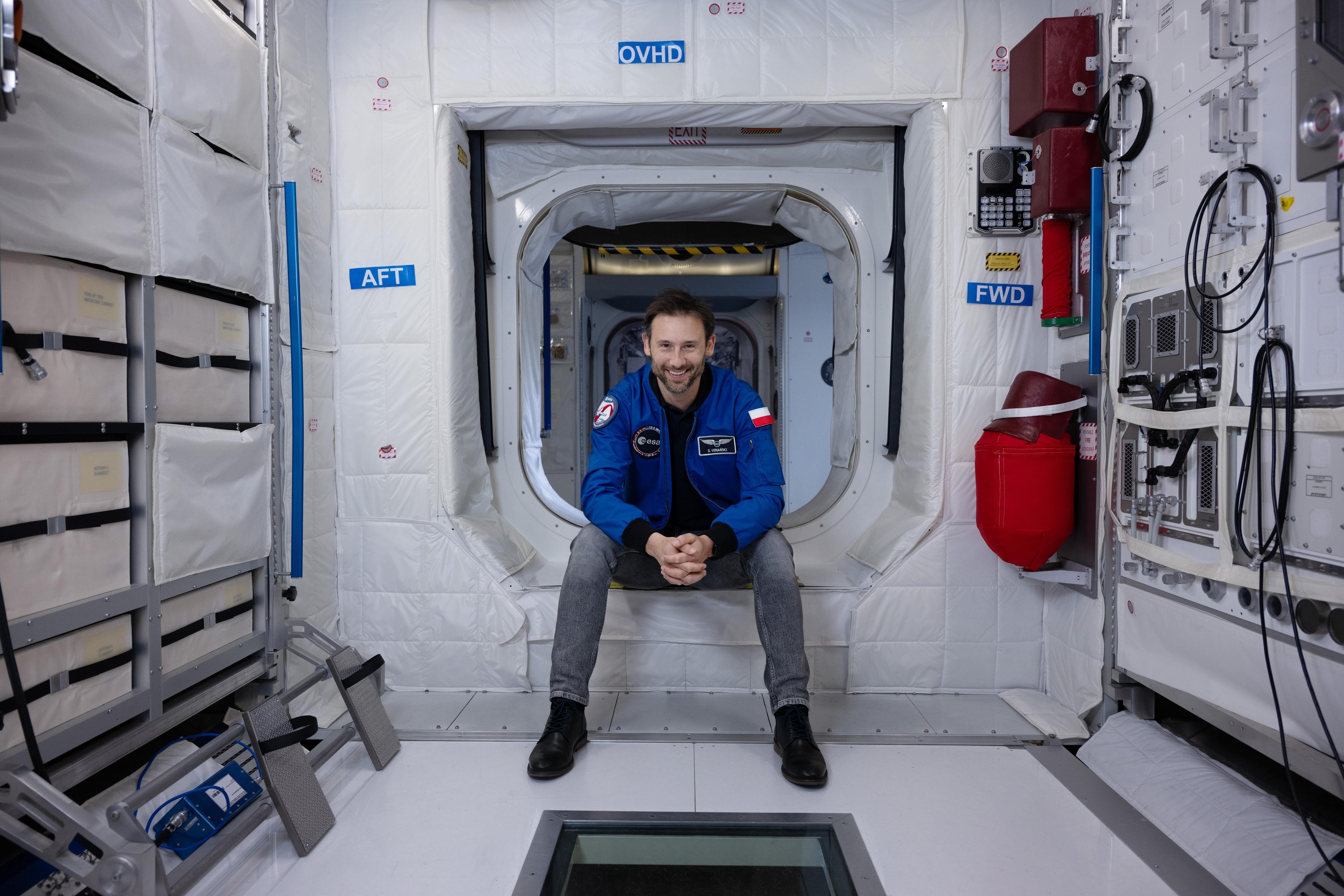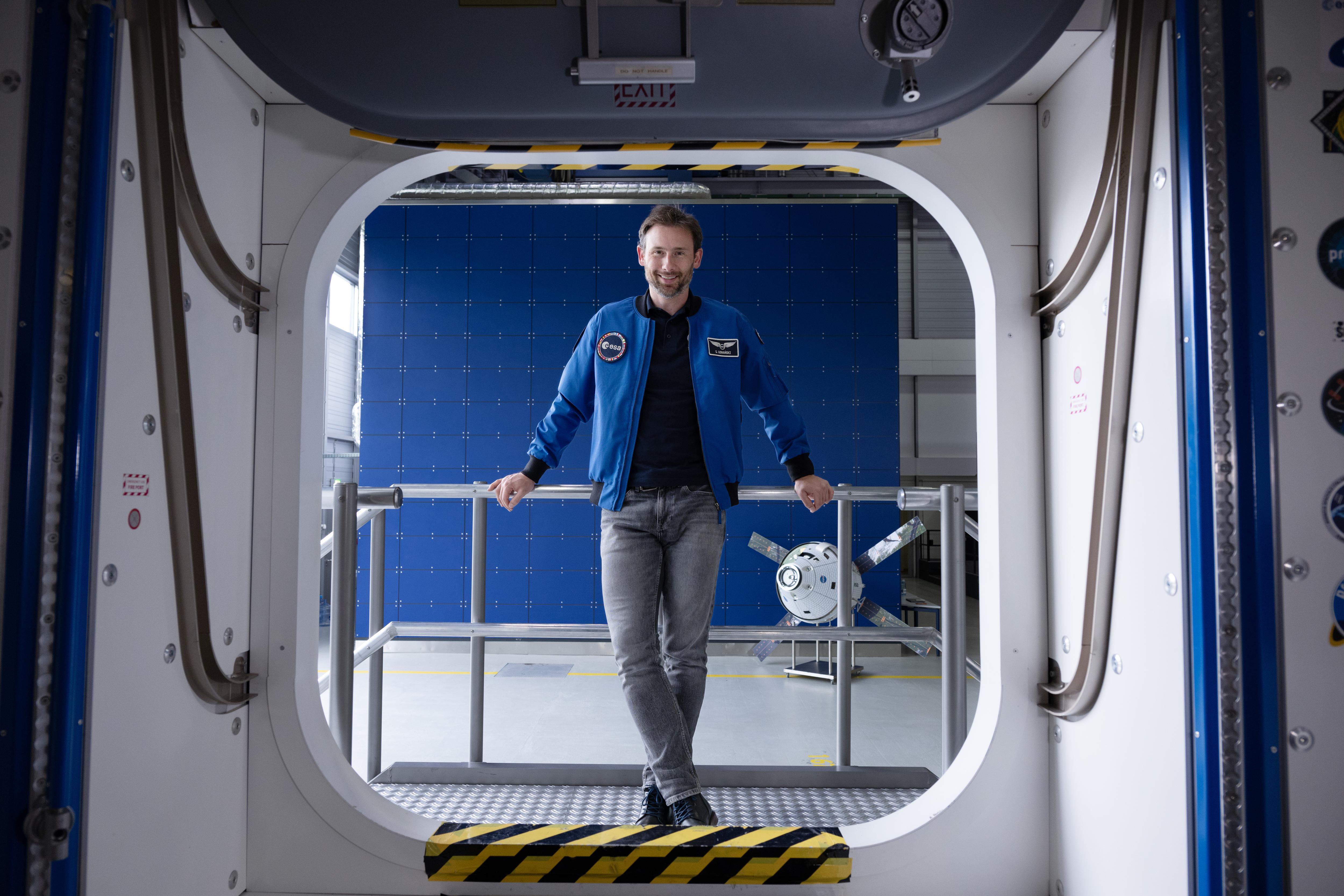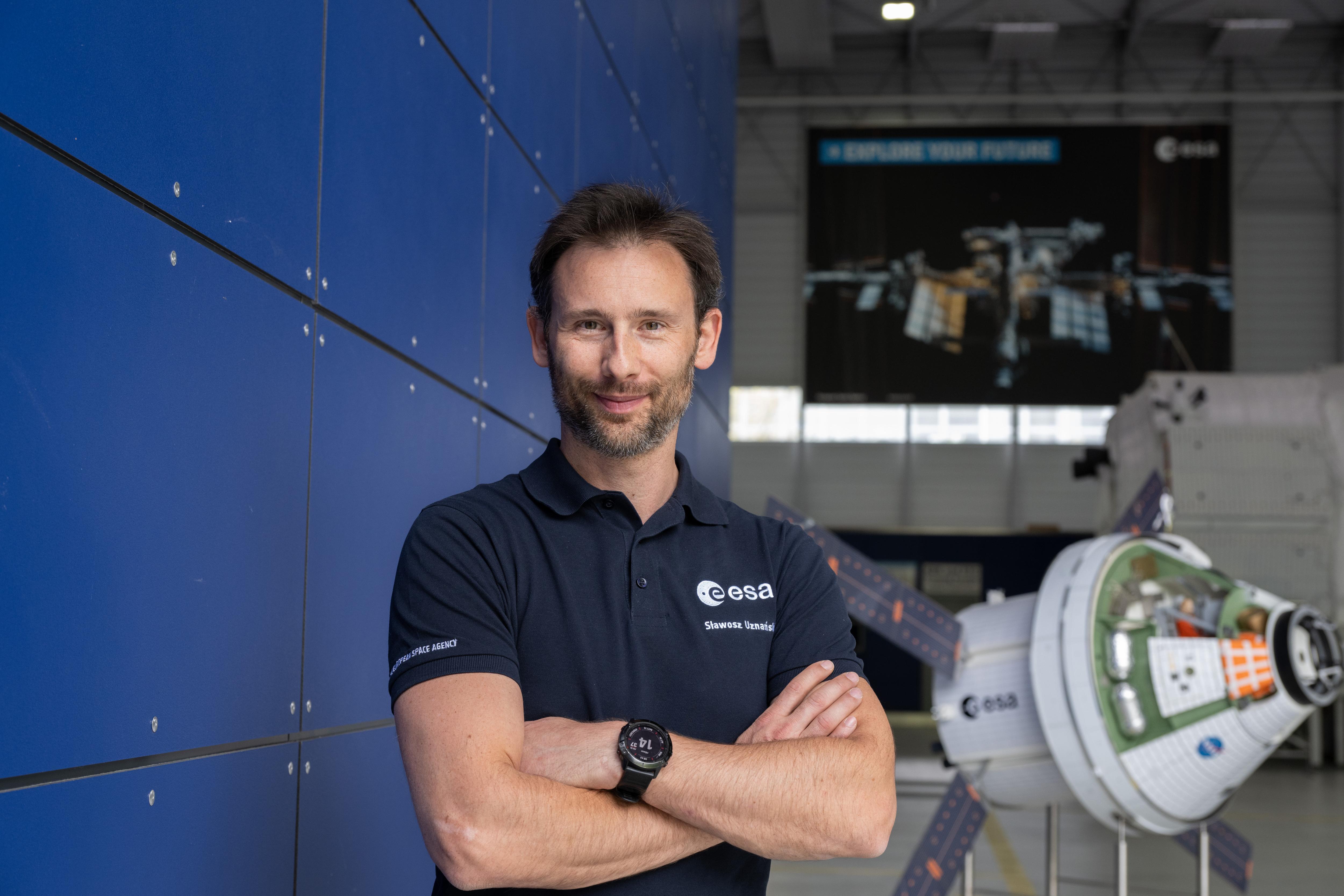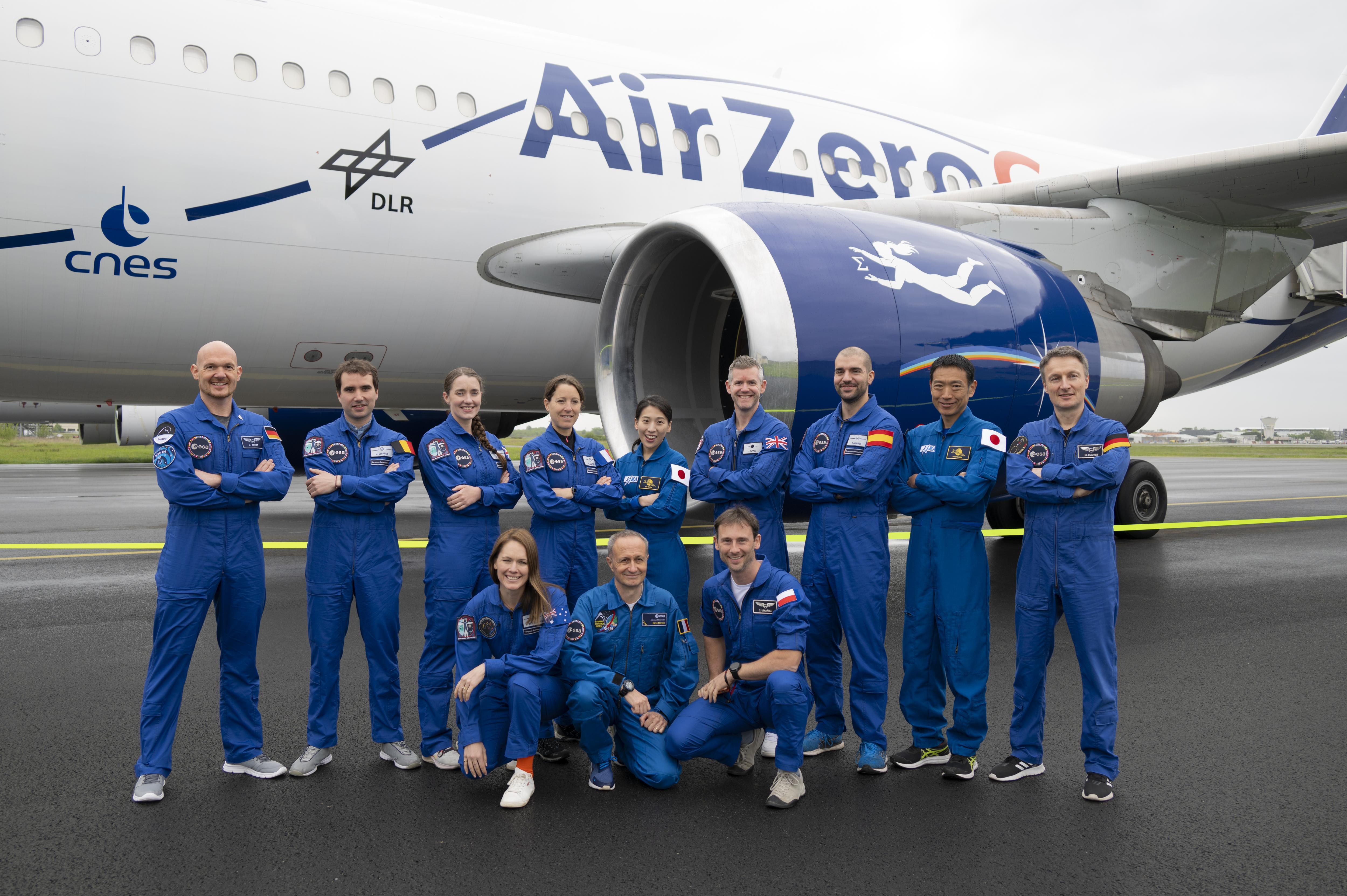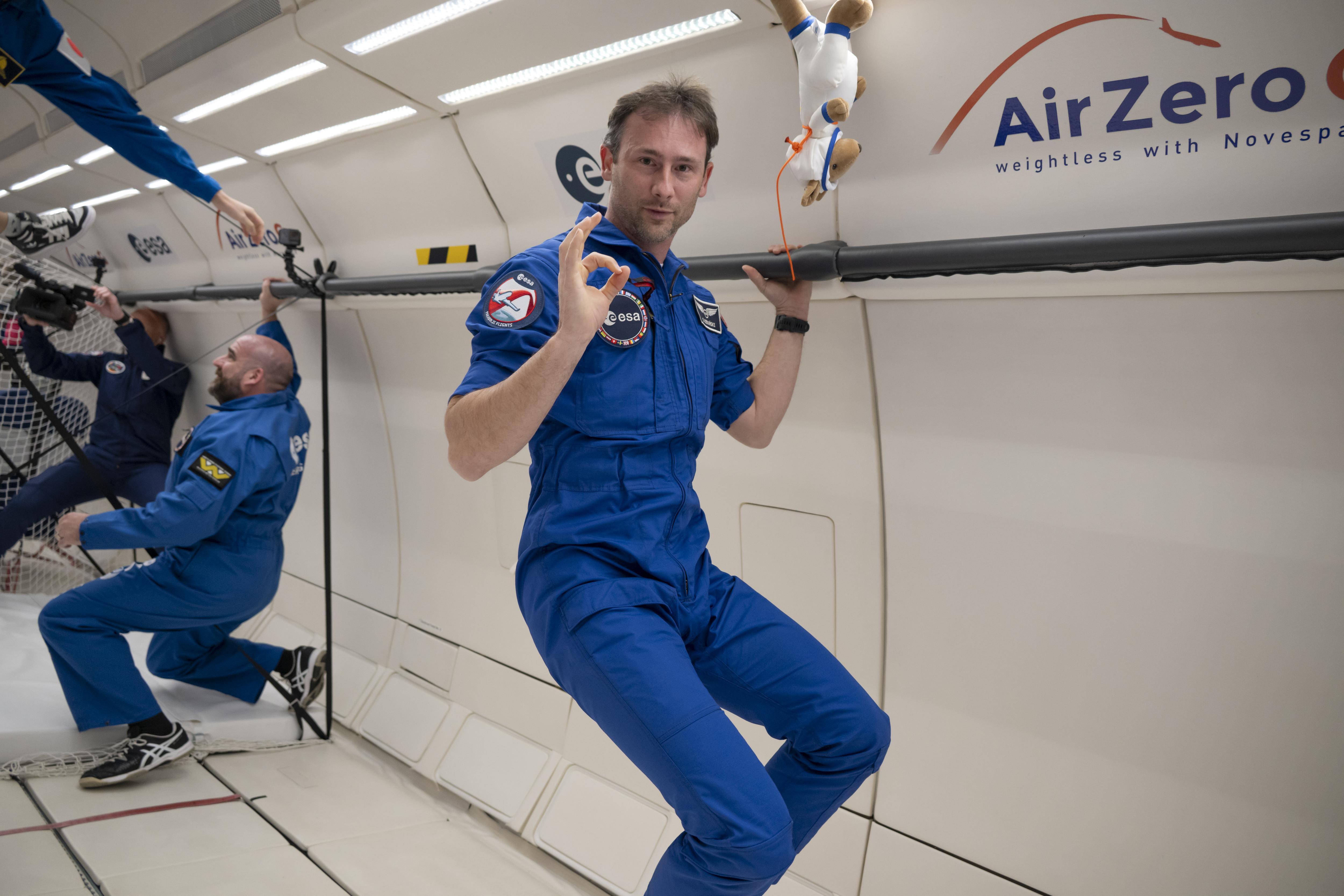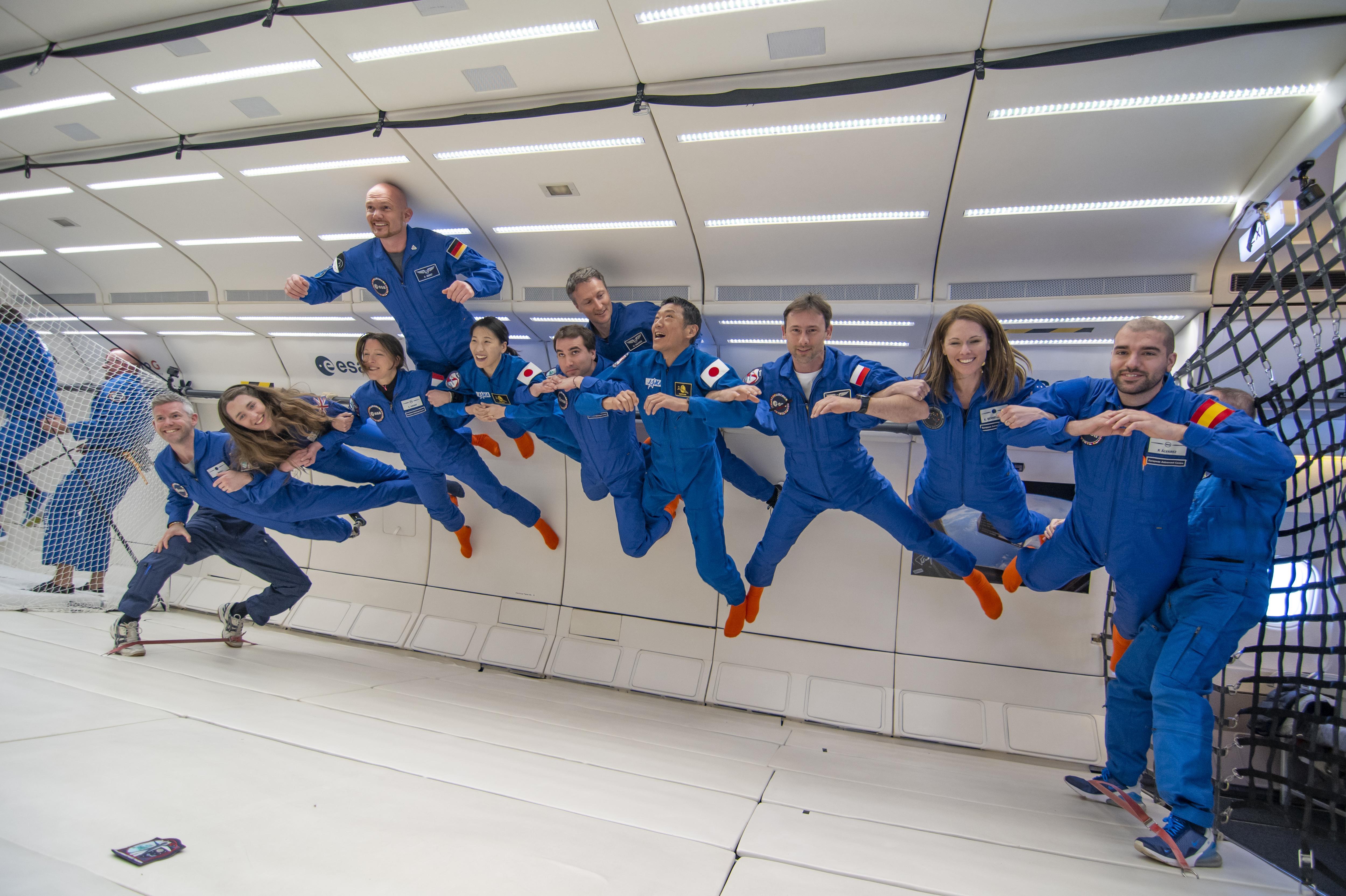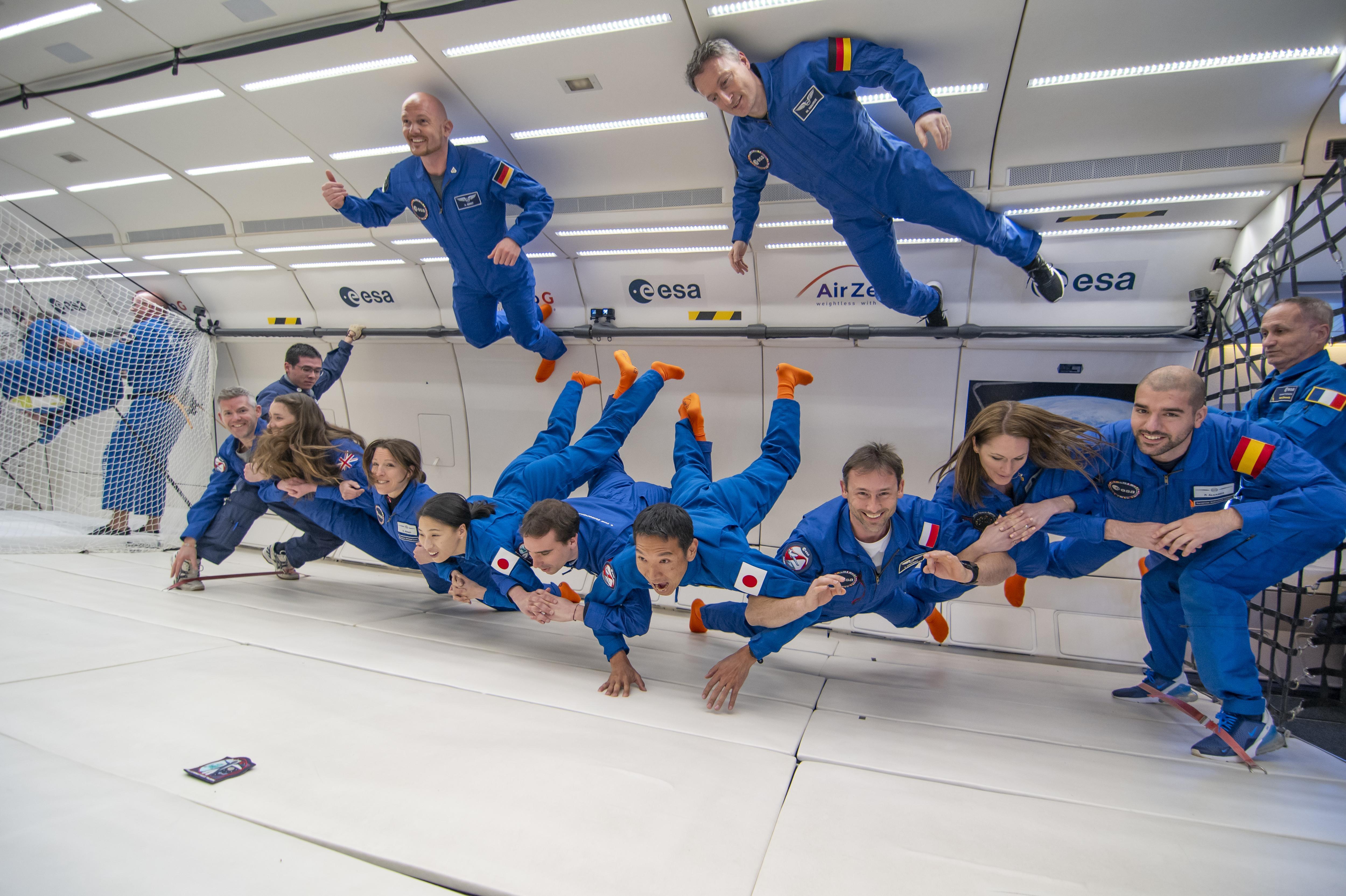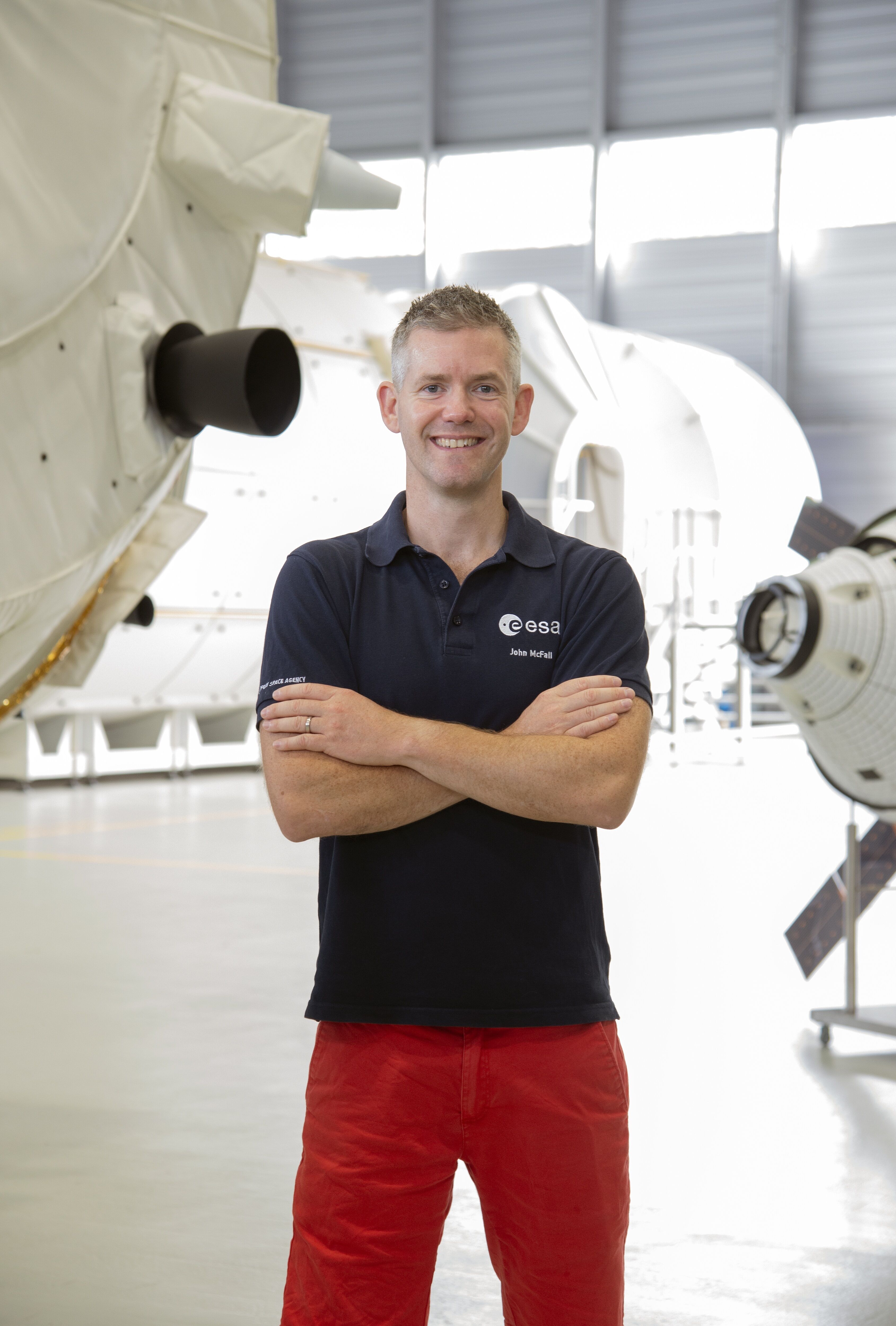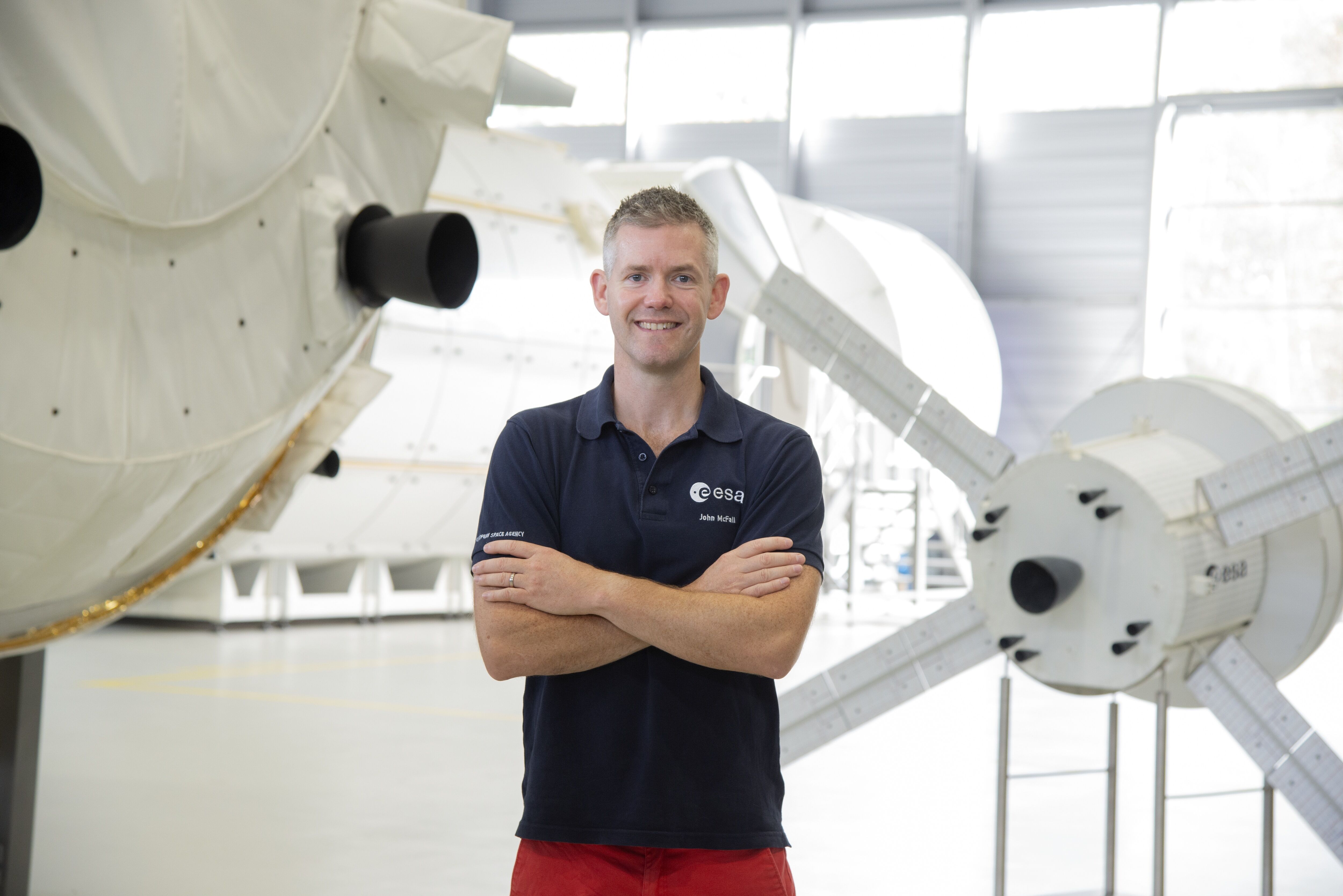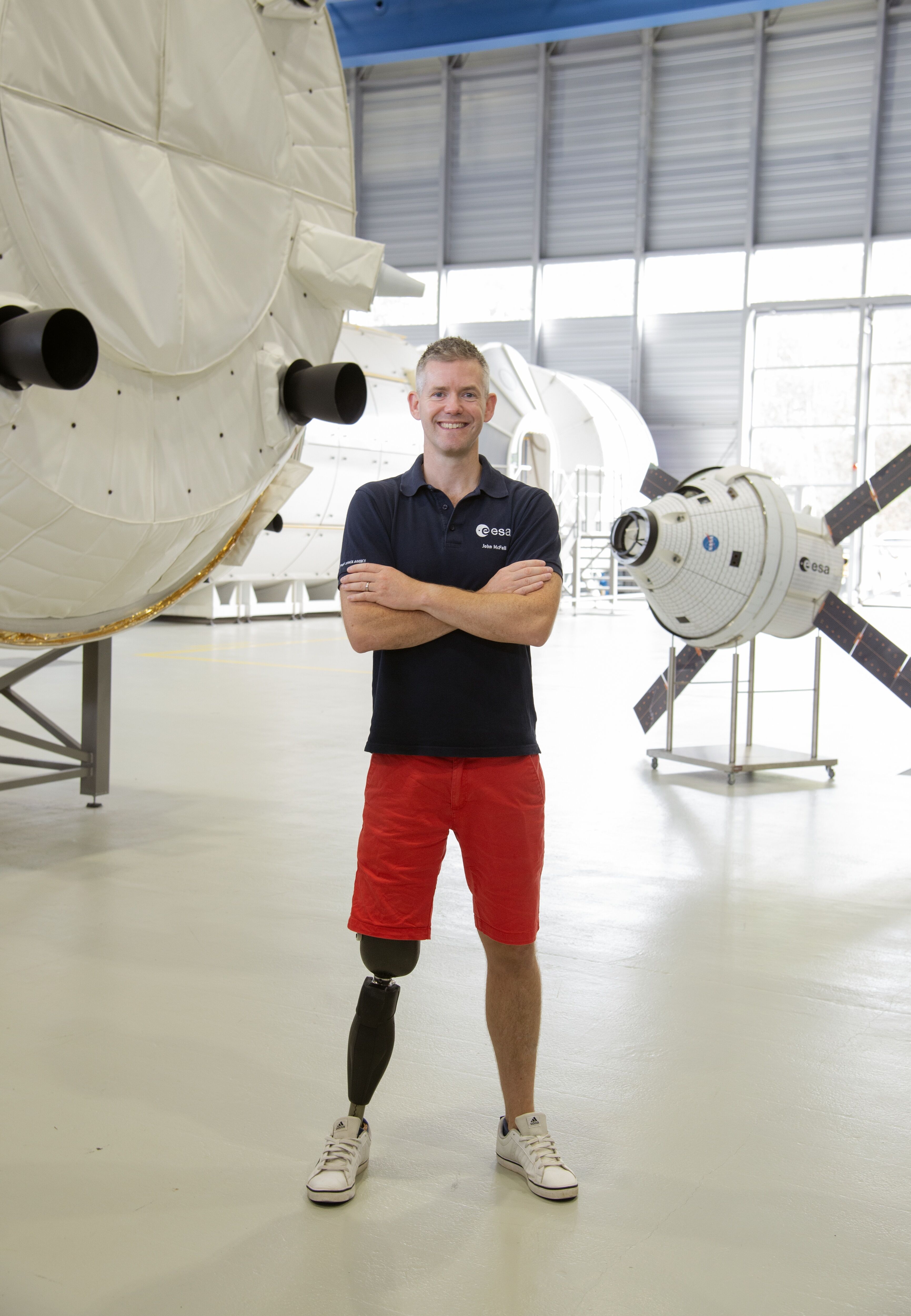
Astronaut TrainingHaignere Claudie (France)
Claudie Haigneré
Please sign in to download.
ESA astronaut Claudie Haigneré, from France, during final for the "Andromède" mission to the International Space Station at the Gagarin Training Center, also known as Zviezdny Gorodok ("Star City"), near Moscow. The "Andromède" mission was flown in October 2001 under an agreement between Rosaviakosmos and CNES, the Russian and French space agencies, taking benefit of "Taxi flight" to deliver a "fresh" Soyuz ship to the ISS to serve as an emergency return vehicle for the station's permanent crew. The research program was defined and coordinated by CNES. The Soyuz TM-33 ship was launched on October 21, carrying Claudie Haigneré and her two Russian crewmates Viktor Afanassiev and Konstantin Korzeev. The spacecraft docked with the ISS two days later and Claudie Haigneré became the first European women to enter the ISS where she spent a week conducting space experiments. She eventually left with her Russian crewmates on October 31 onboard Soyuz TM-32, which had been docked to the ISS since April 30 and was reaching the end of its guaranteed lifetime. A physician selected as CNES spationaut in 1986, Claudie Haigneré flew the 15-day Cassioppée mission onboard Mir in 1996 and was the first woman to qualify as a Soyuz Return Commander in July 1999. She joined the European Astronaut Corps on November 1999. In June 2002, Claudie Haigneré was appointed French Minister for Research and New Technologies.
